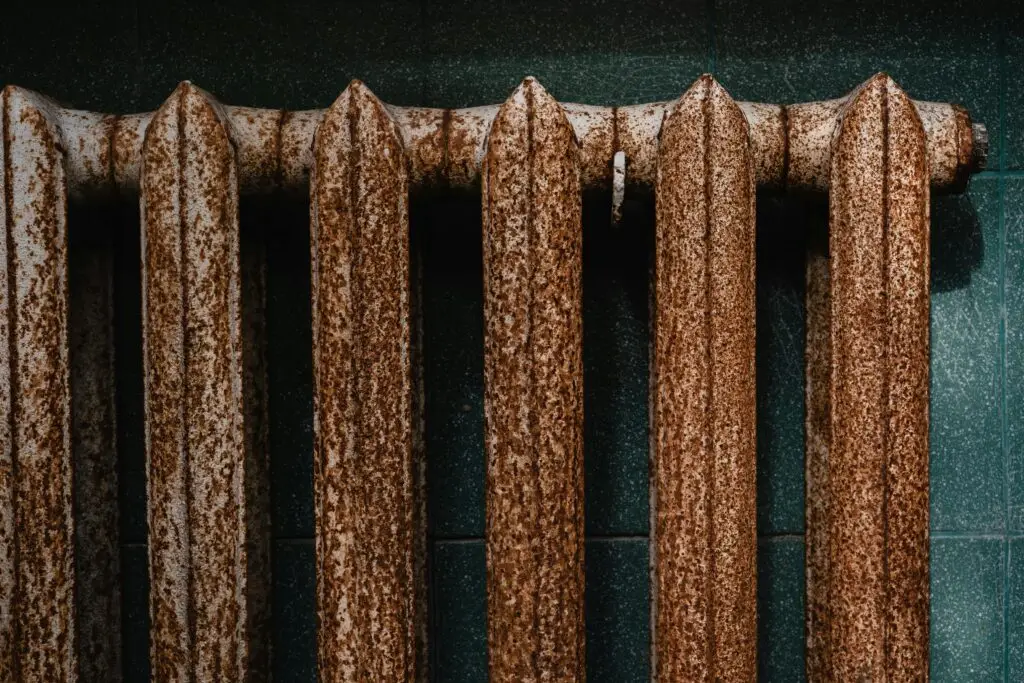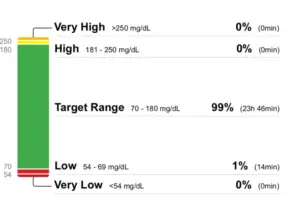Understanding Glycation & Your HbA1C
Think of glycation as your body’s version of rusting. Just as oxygen slowly oxidizes metal over time, creating that familiar orange-brown coating we call rust, excess glucose in your bloodstream gradually “sticks” to proteins throughout your body in a similar irreversible process.
The Rust Analogy Explained
When you leave a piece of iron outside in the rain, it doesn’t rust overnight. The process happens slowly, day by day, as oxygen molecules bond with the metal atoms. Once rust forms, you can’t simply wash it off or reverse the damage – the metal’s structure has been permanently altered.
Glycation works similarly. When blood sugar levels are elevated, glucose molecules begin binding to proteins in your blood vessels, nerves, organs, and tissues. This isn’t a quick process – it happens gradually over weeks and months. And just like rust, once these sugar-protein bonds form, they do damage and become permanent fixtures that can’t be easily removed.
The Damage Accumulates Over Time
A little surface rust might not compromise a metal structure immediately, but years of unchecked oxidation will eventually weaken bridges, cars, and buildings. The same principle applies to glycation in your body. Small amounts of sugar-damaged proteins might not cause noticeable problems at first, but the cumulative effect over months and years can lead to:
- Stiffened walls in blood vessels (like rust inside pipes) leading to heart disease, strokes and high blood pressure
- Kidney damage (filters clogged with “rusted” proteins)
- Liver damage (creates inflammation which triggers fatty deposits)
- Eye problems (delicate cellular structures compromised by glycation)
- Nerve damage (communication pathways disrupted)
- Brain disorders like Alzheimers and Parkinson’s (likely due to the attempt to isolate the damaged proteins)
Your HbA1c: A “Rust Test” for Your Body – Sort of
Your hemoglobin A1C (HbA1c) test measures the amount of glucose that is attached to the hemoglobin molecules in your red blood cells. Hemogloblin ‘lives’ for about 2-3 months and holds onto the glucose that attaches to it that whole time. So, it can give you an estimated average of your blood glucose levels over the past 2-3 months. We assume the higher the A1c, the more glycation damage being done. For some time, it was our best tool to estimate rust damage. Just like a structural engineer can’t tell how deep the rust goes in a structure just by looking and uses more sophisticated tools, your provider uses HbA1c to estimate how much glycation damage has accumulated in the red blood cells of your bloodstream. The amount of damage to the red blood cells correlates to the amount of damage to cells throughout your body.
But there are a couple of caveats to consider. There are rare people who have abnormalities in their hemoglobin structure that interfere with the A1C measurement making it inaccurate. Again, this is rare. But more commonly, A1C will be normal but when glucose is measured using a continuous glucose monitor, there are large swings from normal or low normal to high. Remember the A1c is an average so someone with fairly short lasting, but large swings like between 70 and 200 will likely show a normal A1c but in reality, their average is significantly higher depending on how often they have those swings.
The beauty of this analogy is that it highlights why prevention is so much more effective than trying to repair the damage later. You can’t un-rust metal, and you can’t un-glycate proteins. But you can absolutely prevent both processes by controlling the underlying conditions – keeping metal dry and keeping blood sugar levels stable.
More of the Story
The A1c test doesn’t tell the whole story. To prevent or reverse diabetes type 2, you need to know more to address glucose control optimally. That’s where continuous glucose monitoring (CGM) comes in. Read more in the article: Beyond HbA1c: How CGM Reveals the Real Story of Your Glucose “Rusting”
Check out the “Services” page to learn more about how Carla can help you achieve your goals.


